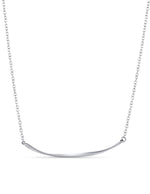The Best and Worst Sustainable Fabrics: Your Go-to Guide for Guilt Free Fashion
•
August 14, 2021

IN THIS ARTICLE
With the spotlight on fast fashion, every earth-savvy trendsetter wants to avoid the throwaway trends and cheaply made garments that are choking our world. The first place you can look? The label! From soft organic cotton to organic hemp and vegan leather - the fabric world has come a long way and now there's so much choice when it comes to a sustainable alternative. When you open up on sustainable options, you can enjoy looking and feeling gorgeous without the guilt.
So what are the benefits of choosing sustainable fabrics over conventional cotton or garments made from synthetic fiber? We have the lowdown right here.
- Doing your bit - we all adore mother earth and by choosing sustainable fashion you are doing your bit to lessen your impact on chemicals and toxins getting into the ground and the water.
- Longer lasting - synthetic fibers fall into disrepair quicker and as they have a lesser life span, they will need replacing sooner. When discarded they also give off harmful toxins as they degrade. Sustainable materials are made for longevity and to be biodegradable.
- Personal benefit - there's no denying that most sustainable materials simply feel better against the skin. Breathable, beautiful, and with added softness, these materials tend to be moisture-wicking, cool, and a complete pleasure to wear.
The fashion industry is one of the biggest contributors to pollution in the world. Yikes. From creator to consumer, we all have to get on board and see where we can make the switch to lessen our environmental impact.
The Most Sustainable Fabrics

From a sustainability standpoint, fabric can be where we start t make that change. Fabric is the story of our clothes and where it all starts. The materials that make our favorite fabrics leave their impact - not just on our wardrobe but on the earth, air, and water.
Fabric production can lead to higher water consumption and toxins in our waterways, harmful pesticides being used in the earth which leads to poor quality soil and lesser food production. It also leads to greenhouse gas emissions, deforestation, and even health problems in the public. There is no doubt about the negative impact.
So, what about fabrics with a low environmental impact? There are some awesome options in the textile industry that don't involve toxins lead to fewer carbon emissions, are cruelty-free, and make the most of what we already have rather than stripping the world of its precious resources. What are our options when it comes to selecting sustainable fabrics that stand the test of time? We are so excited to share these alternatives with you.
Organic Cotton

Soft and sublime, we love organic cotton. Grown free from any nasty stuff like pesticides and processed with zero chemicals, this is sustainable cotton production done right. Organic cotton has the same strength and benefits as conventional cotton but tends to be grown without genetically modified seeds and uses up to 71% less water consumption than regular cotton.
Certifications and Standards: Look out for USDA-Certified Organic, Organic Content Standard, Global Organic Textile Standard, Better Cotton Standard, and Fair Trade
PRO
- Up to 71% less water needed
- Non-GMO
- Fewer chemicals
- Sustainable production
- Vegan
CON
- Requires more land
- Still uses a fair amount of water
- Susceptible to Greenwashing
Recycled Cotton

A great way to use up post-consumer waste without adding to landfills, recycled fabrics are all the rage with those looking to reduce their fashion footprint. Recycled cotton has the benefit of not adding to the production of traditional cotton. It even uses fewer resources than organic cotton.
Certifications & Standards: Global Recycle Standard (GRS), Recycled Content Standard (RCS)
PRO
- Sustainable production
- Biodegradable
- Vegan
- Low Environmental Destruction
CON
- Hard to trace back
- It may not be as high quality
- Production still limited
Organic Hemp

As an eco-friendly fabric, you can't get better than hemp. High yielding and actually good for the soil, hemp is even considered to be carbon negative. That means that it actually mops up C02 from the atmosphere. In terms of being a fab fabric for clothing, hemp shares similar properties to linen.
Certifications & Standards: Organic Content Standard, USDA-Certified Organic, Global Organic Textile Standard
PRO
- Good for soil
- Low maintenance (doesn't require fertilizers, pesticides, water, or energy
- Less water consumption
- Carbon negative
CON
- Heavily regulated and prohibited to grow in many countries
Alpaca Wool

While it won't cut it when it comes to vegan standards, for those who want wool in their wardrobe, Alpaca is considered to be the most sustainable wool you can get. Alpacas go gentle on the grass - they have lighter footpads that don't damage the earth beneath their feet and when they eat - their teeth cut the grass rather than tugging it out which allows it to keep on growing. Alpacas are also low maintenance and don't need a lot of food or water to thrive. As Alpacas are mainly found in Peru, investing in this natural fibre also helps to support indigenous communities that don't intensively farm these animals.
Certifications & Standards: Responsible Wool Standard (RWS), Global Organic Textile Standard (GOTS), Fair Trade, Woolmark
PRO
- High yield
- Less soil damage
- Low reliance on resources
- Supports indigenous communities
CON
- Far to travel
- Non-vegan<
Bamboo

Bamboo is a hugely hardy plant and can be picked without causing the end of the plant's life cycle. As one of the fastest growing plants on the planet, you would have to work hard to make a dent in this plant-based fibre. Bamboo can also survive on rainfall meaning that it won't take any more water resources than nature can give. There are different kinds of bamboo fabric out there - you can have bamboo linen, bamboo lyocell, and bamboo viscose.
Made in a closed-loop system that reuses water and any chemicals helping to keep the land clean, Bamboo Lyocell is a more sustainable alternative to other semi-synthetic options. While it isn't a totally raw material, it is processed in the most minimal way possible.
Certifications & Standards: USDA-Certified Organic, Forest Stewardship Council, Global Organic Textile Standard, Organic Content Standard, Fair Trade,
PRO
- Cruelty-free alternative to silk
- Grows and matures quickly
- Absorbs carbon dioxide
- No pesticides
CON
- Some kinds of production can have toxic chemicals involved
- The fabric can shrink faster than cotton
- Can be expensive to purchase
Organic-Linen

Super similar to hemp in terms of needs and production, there are reasons to fall in love with linen all year round. While many of us have a summer wardrobe with a few key linen pieces, you may not know how much of an organic fabric it actually is. Derived from the flax plant, linen is long-lasting and requires very little in terms of water, fertilizer, pesticides, and irrigation. While it isn't as high yielding as hemp it is hugely popular and a sustainable textile that feels great and should certainly be celebrated.
Certifications & Standards: USDA-Certified Organic, Organic Content Standard, Global Organic Textile Standard
PRO
- Less water
- Lower Co2
- No fertilizer or pesticides
- biodegradable
CON
- Can be bleached which loses biodegradable status
- Expensive
Honorary Mentions
We can't get enough of mapping out the sustainable fiber types that are making a splash on our radar. If you want even more options when it comes to environmentally friendly fabrics, take a look at some of these sustainable material options we are loving.
- Cork - requires very little to change it from tree to eco-friendly fashion and a popular alternative for vegan bags and shoes.
- Econyl - made from synthetic waste like abandoned fishing nets and waste fabric, Econyl is also crafted on closed-loop processes.
- Recycled Polyester - giving a second life to single-use plastic waste like plastic bottles, bags, and textiles too.
The Least Eco-Friendly Fabrics

We know that fashion is full of the good, the bad, and the ugly and now we have celebrated all those organic fabrics we are loving, it's time to shine a spotlight on those fabrics that do less to float our boat. The least eco-friendly fabrics are likely to have an energy-intensive process, have plenty of waste materials left over, and contribute to negative environmental factors with practices that release microplastics, lead to poor soil, add to bad working conditions, and aren't kind when it comes to animal welfare either.
Leather

Leather certainly isn't animal friendly as it's made from animal skin. But beyond these ethical concerns, leather also isn't good for the environment thanks to the production process. Tanning leather uses toxic chemicals to transform it into something wearable. These chemicals are also dumped or run off into our waterways which hurts our rivers and oceans. Add to that the fact that most working in the manufacturing process of leather don't have adequate protection to the chemicals, it also leaves workers at risk. If you want to avoid the pitfalls of leather and find a cruelty-free replacement, you can opt for faux leather instead or look for certified organic sustainable leather.
Polyester

So many clothes are made from polyester! It's one of the most common materials and is used in over fifty percent of our clothes. Polyester is made from petroleum AKA a nonrenewable fossil fuel. Over 70 million oil barrels are used for polyester production every year and a staggering (and terrifying) 700,000 microfibers are released into water with every wash. This means that it also ends up in our food chain as it makes its way through our rivers and oceans too. It also takes polyester over 200 years to decompose meaning that our humble t-shirt will long outlast us. If you want to find another route through the world of polyester, you can look for recycled polyester clothes, swap buying new garments for preloved, or go down the reclaimed fabric path.
Wool

Welcome to the double-edged world of wool. While we may think wool is good because it's renewable, wool production has actually had a hugely negative impact on the environment. This is because it's intensively farmed which can lead to overgrazing and desertification. Sheep also release methane which hugely boosts our global warming number. There are also concerns with the harmful chemical solution used in pesticide baths for sheep which can seep into our clothes and our environment, along with worries about the humane treatment of the animals too. If you want wool, you can choose alpaca instead or look for organic wool options.
Rayon

Rayon is a synthetic fiber made from wood pulp. It's usually made from eucalyptus trees but can also be made from bamboo or cotton. Sadly, rayon isn't right for sustainable living as it contributes to 70 million trees being cut down a year to be used within the fashion industry. Ouch. Sometimes rayon comes under other names - it can be called artificial silk (if it's viscose), or Modal is its name if it's from beech trees. The good news is that there is sustainable rayon out there on the market. Look for sustainable viscose or Lyocell, Tencel, and Cupro.
Fashion Brands That Use Sustainable Textiles and Practices

If you want a quick glimpse at the sustainable brands that are doing awesome work when it comes to working with the best textile products for the environment or making a concerted effort to be biodegradable and work with sustainable fabric options.
- Patagonia - a trailblazing brand, Patagonia is committed to organic cotton, recycled fabric, and lifelong repairs on old clothes.
- Christy Dawn - one of the first to create the farm-to-table business model, this sustainable clothing brand invests in land in India so that they can ensure sustainable practices at every stage of the production line. Their mission is to replenish the soil and regenerate the land to help reverse climate change.
- Eileen Fisher - an industry leader, this fashion icon brand goes big when it comes to sourcing organic cotton, linen, and recycled nylon and whatever sustainable option they can find. They also take back old clothes and turn them into new clothes again.
- Thought Clothing - committed to reducing environmental damage by using fibers that take less energy, produce less waste, and can be fully biodegradable or reusable. Thought focuses on hemp, bamboo, and organic cotton too.
- Alternative Apparel - touted as one of those die-hard ethical brands that take a wholly serious approach when it comes to sourcing materials and working with factories with high ethical standards, Alternative Apparel focus on organic cotton, low impact dyes, and recycled materials.
- Sozy - We still have a way to go but we are committed to being an ethical and environmentally friendly brand. We always try and source organic cotton and bamboo and reduce waste wherever we can. Where we fall short, however, we work to offset any burden we may place on the planet. We are B Corp Certified, USA-made, and we are carbon neutral. We protect oceans from plastic waste and we plant a tree with every purchase. And to further reduce waste, we've partnered with treet to create a pre-loved Sozy shop, where you can buy and sell pre-loved Sozy items.
What are your favorite fabrics and what do you look for when it comes to being eco-conscious with your fashion choices? Are you all about being biodegradable? Do you seek out transparent brands? Do you look for cruelty-free alternatives or are you more about avoiding fibers that release microplastics? Share all your thoughts with us in the comments.















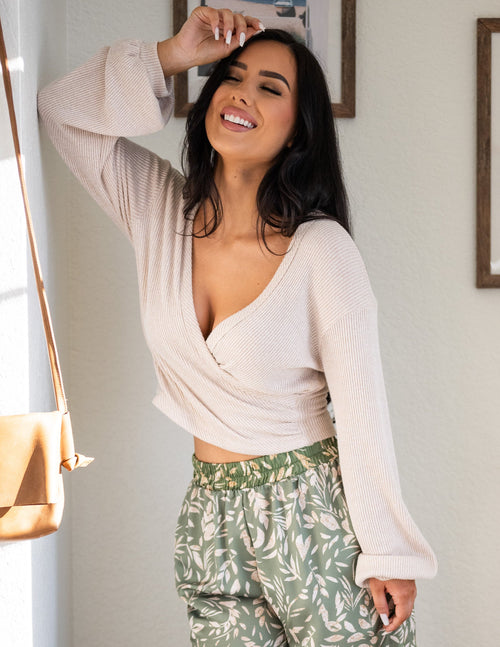
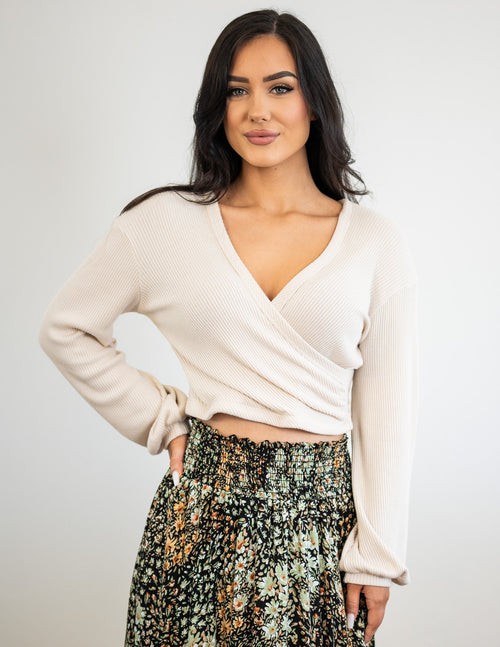
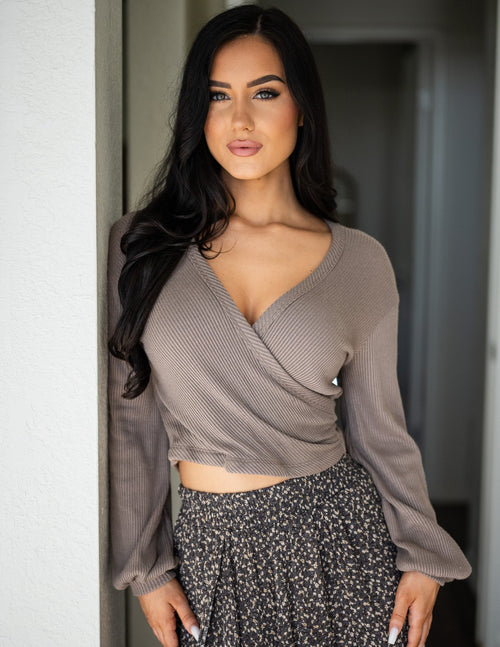

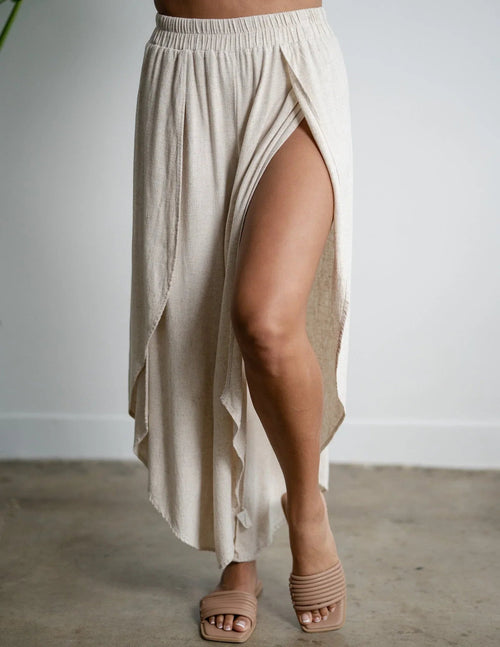
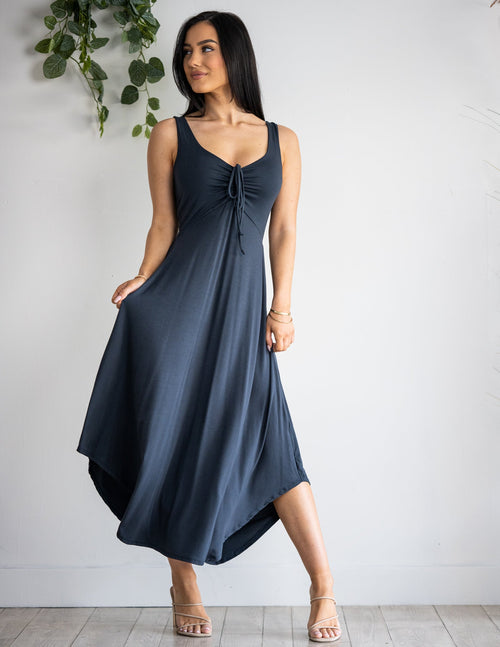
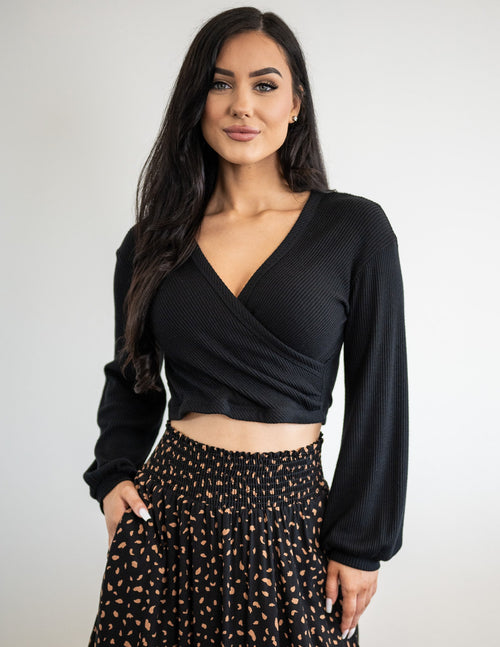








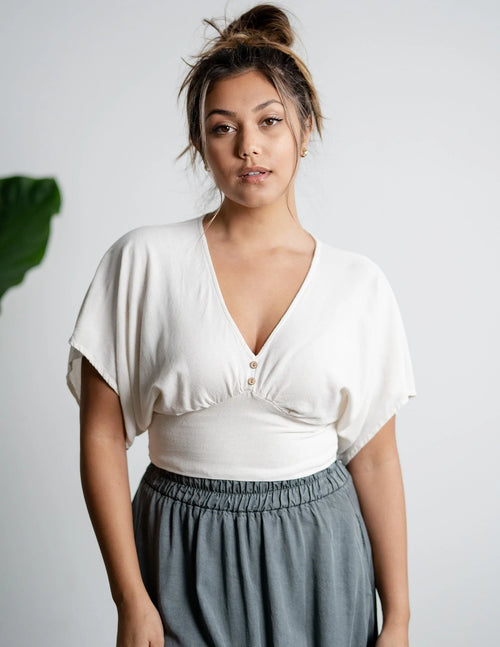
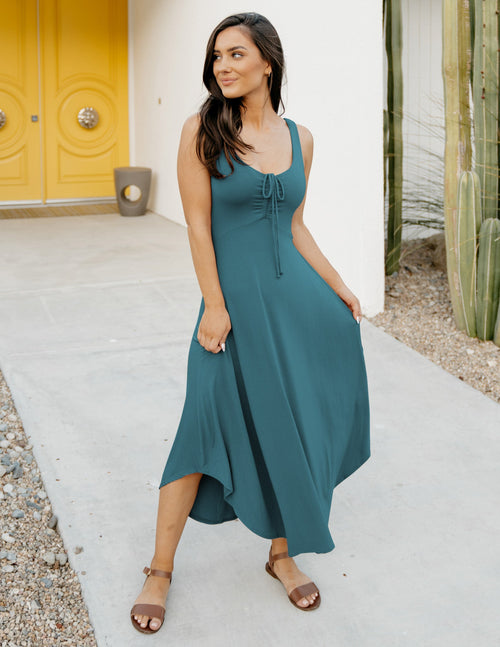
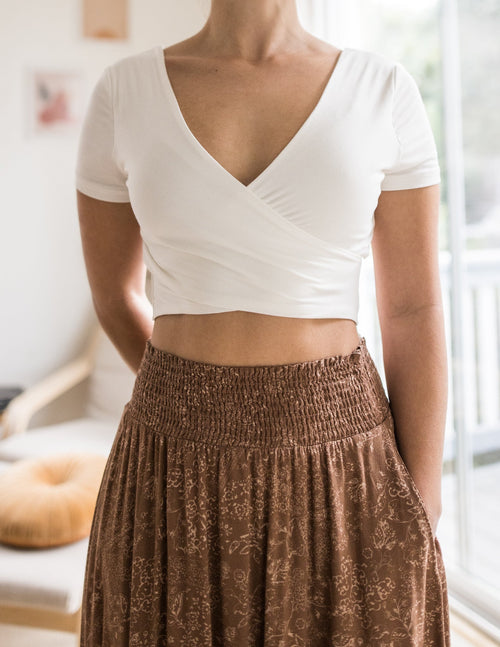
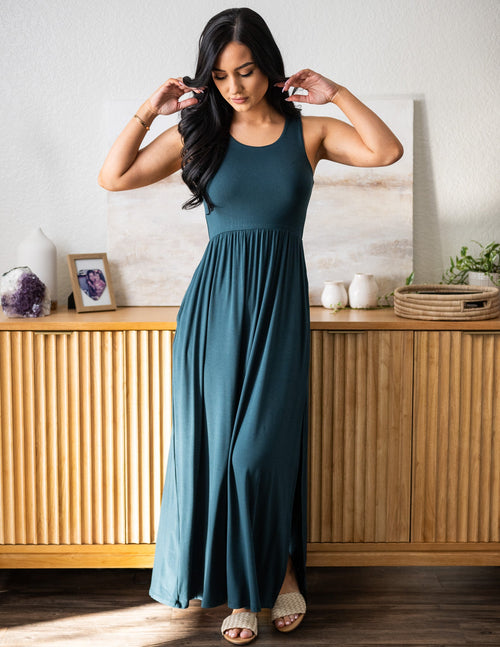




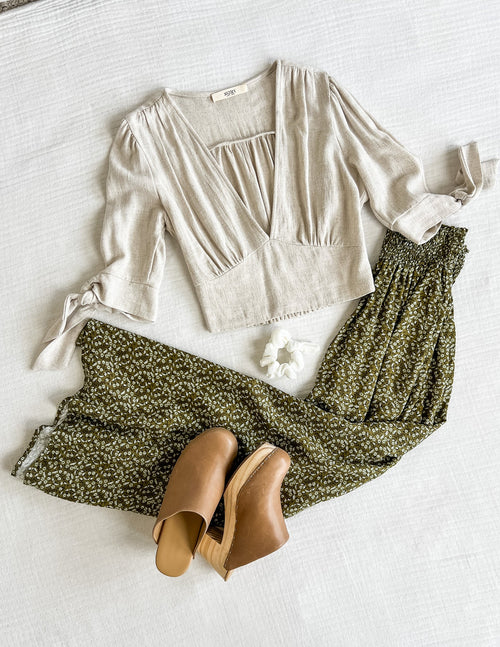

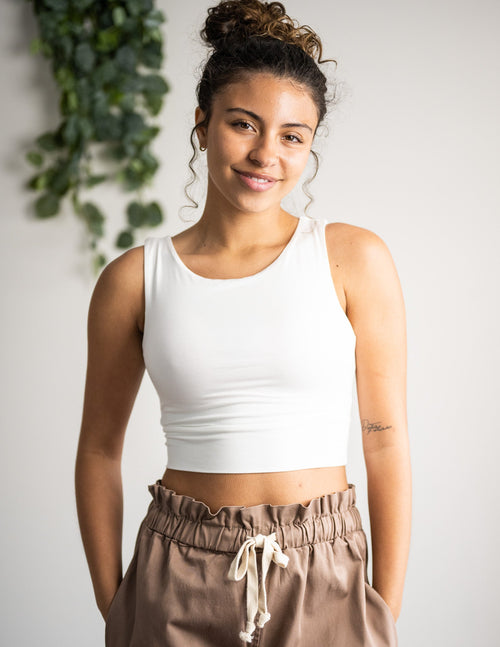



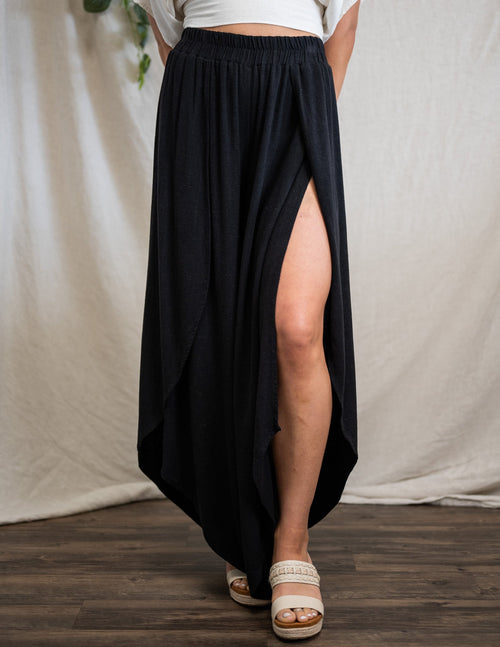






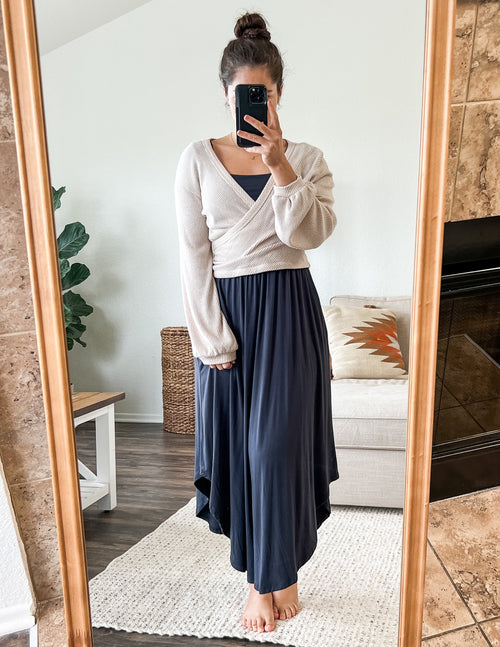





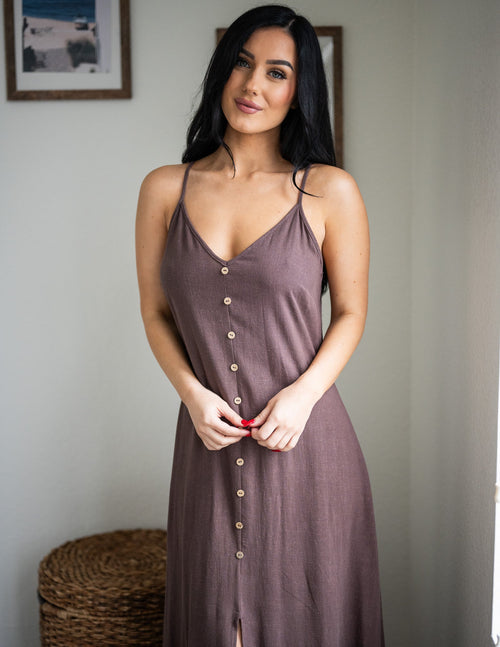

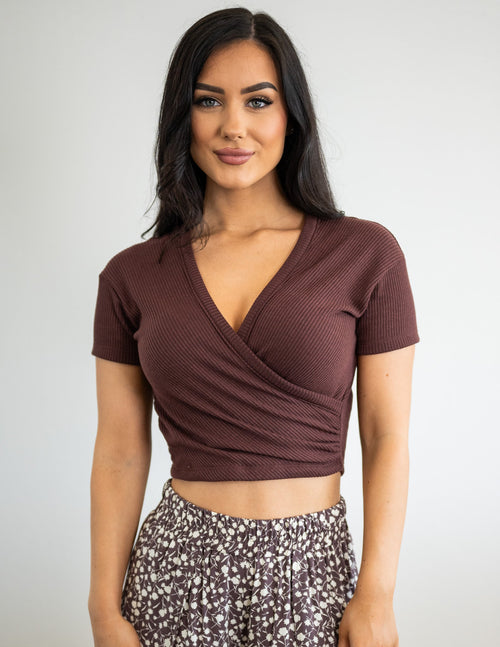














 TOP
TOP



